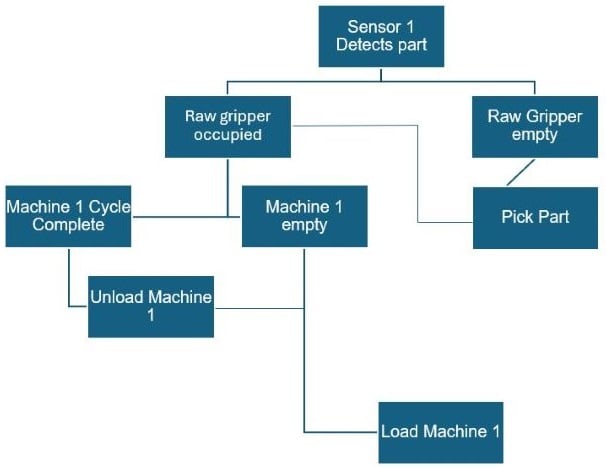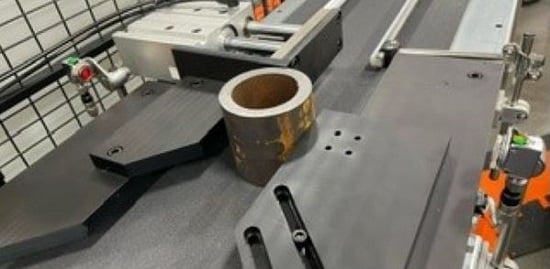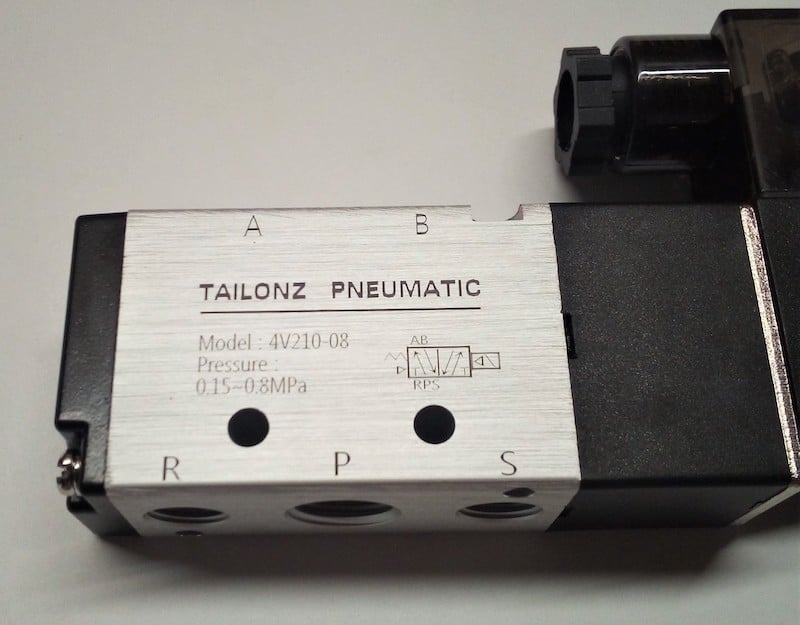Logic at the Sensor Level: Can it Simplify Automation?
Sensor networks with built-in logic functions can save cost and program execution speed, but what are those various logic functions, and when might they be preferred over normal PLC ladder logic? The logic functions that exist within some sensors are fundamental operations that process input signals to determine an output. These functions help the sensor … Read more





